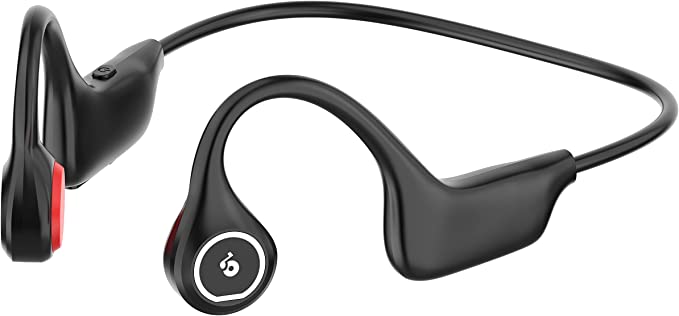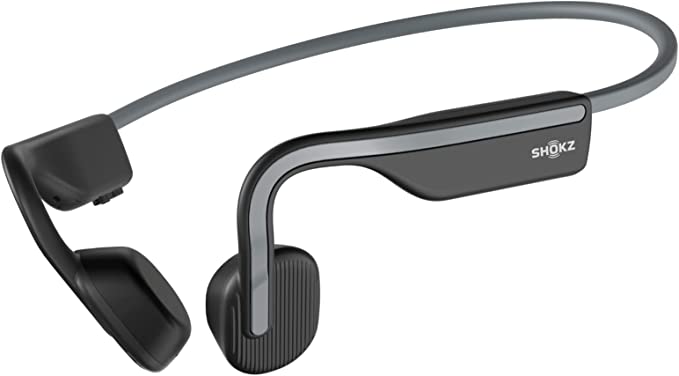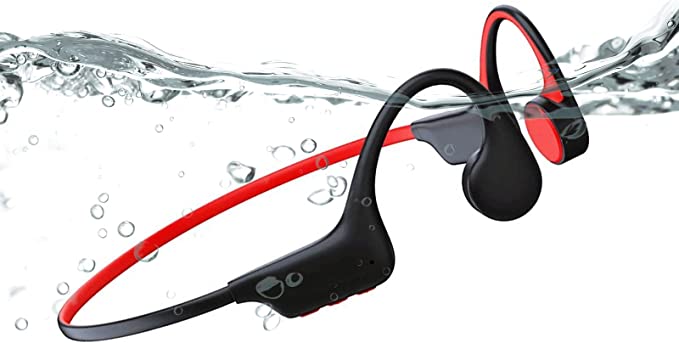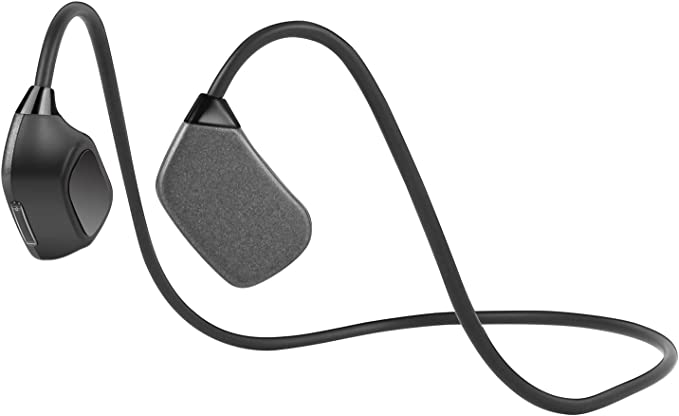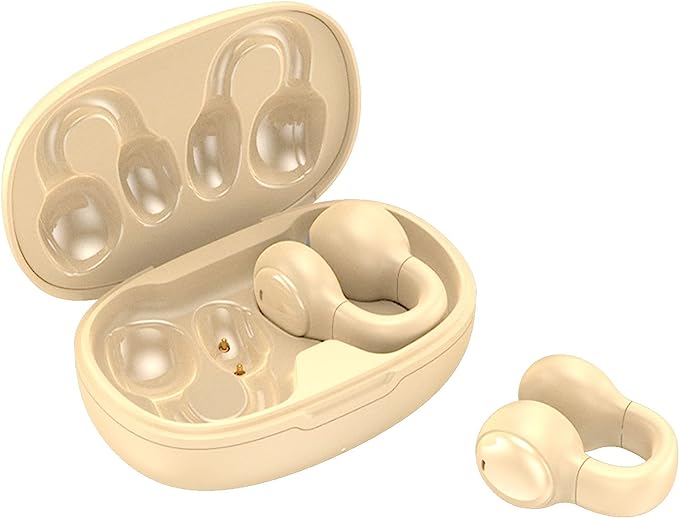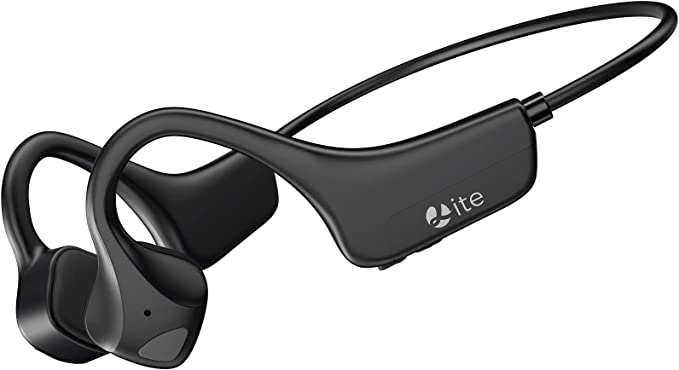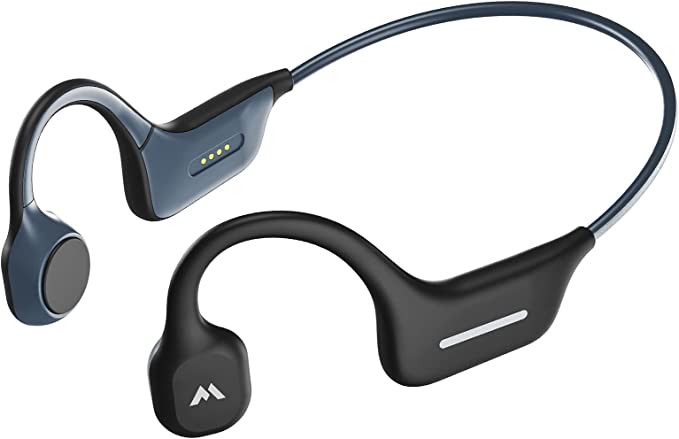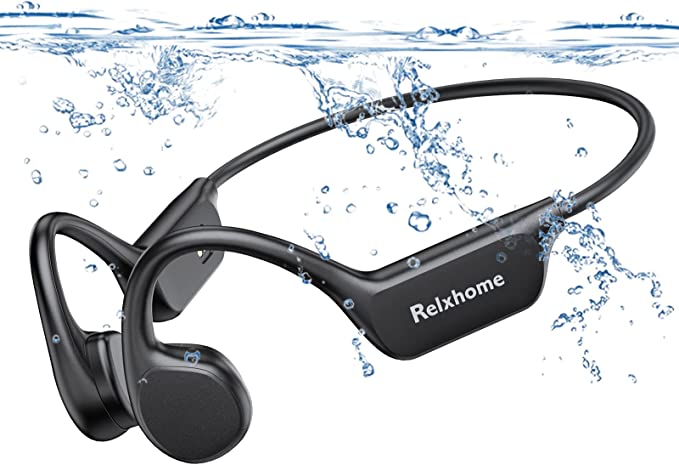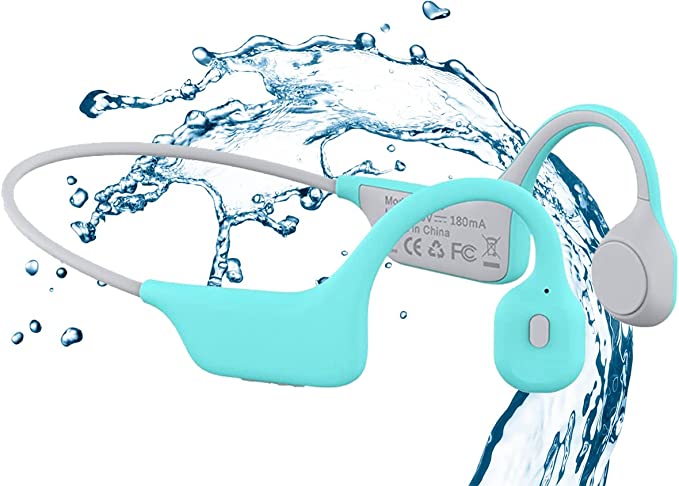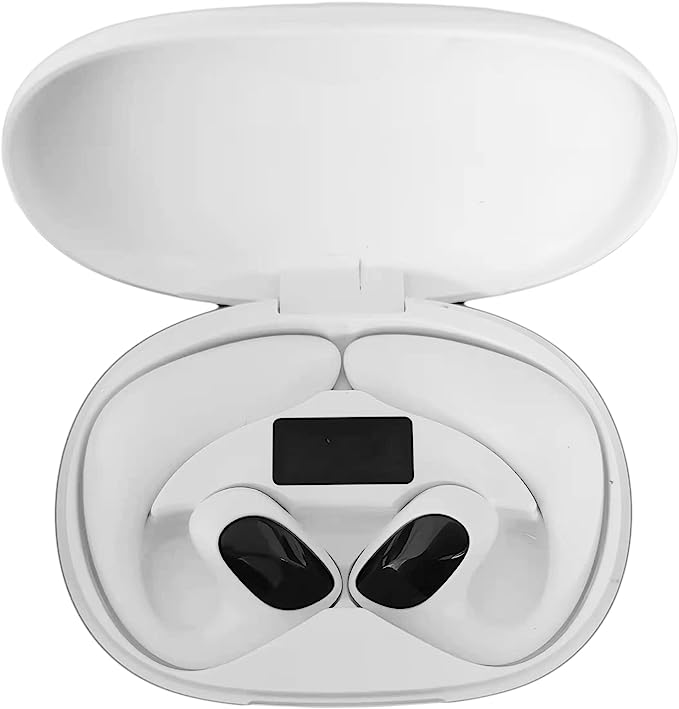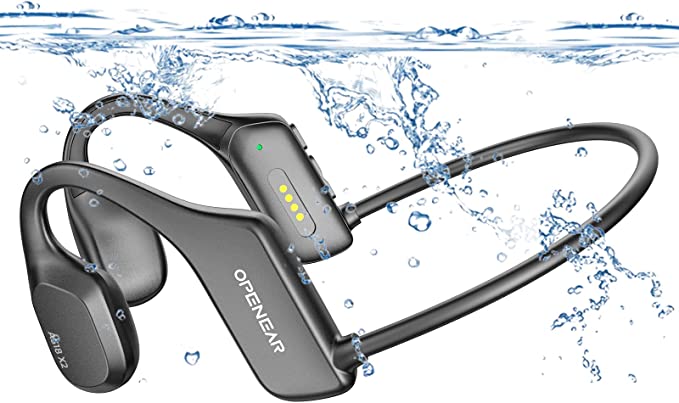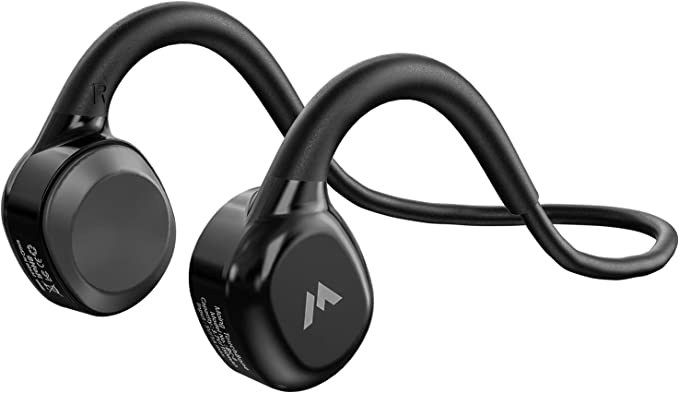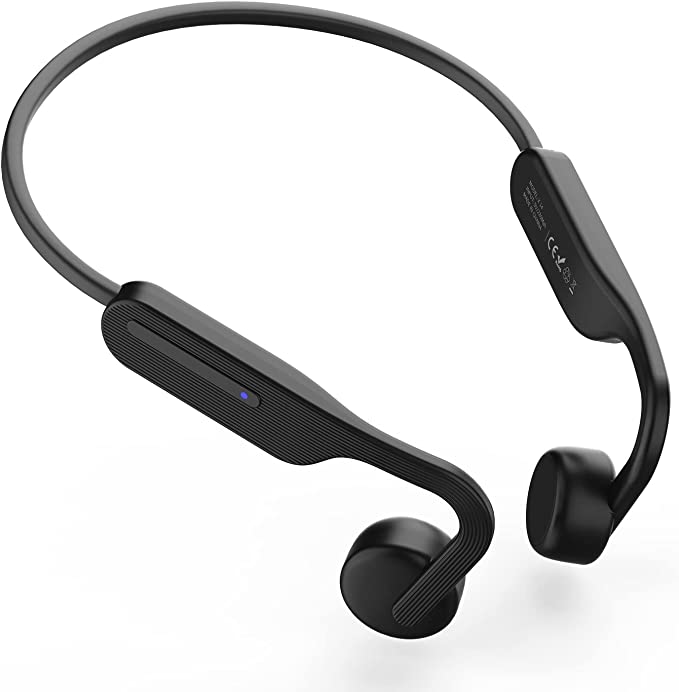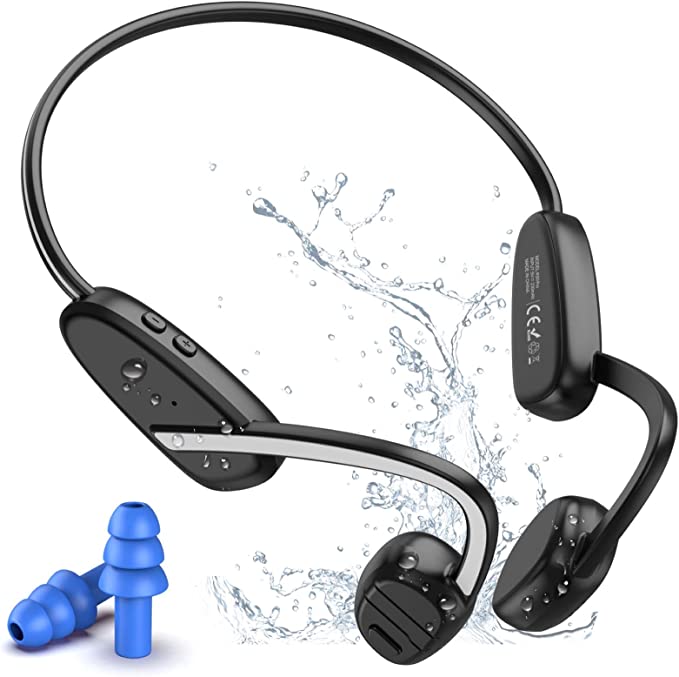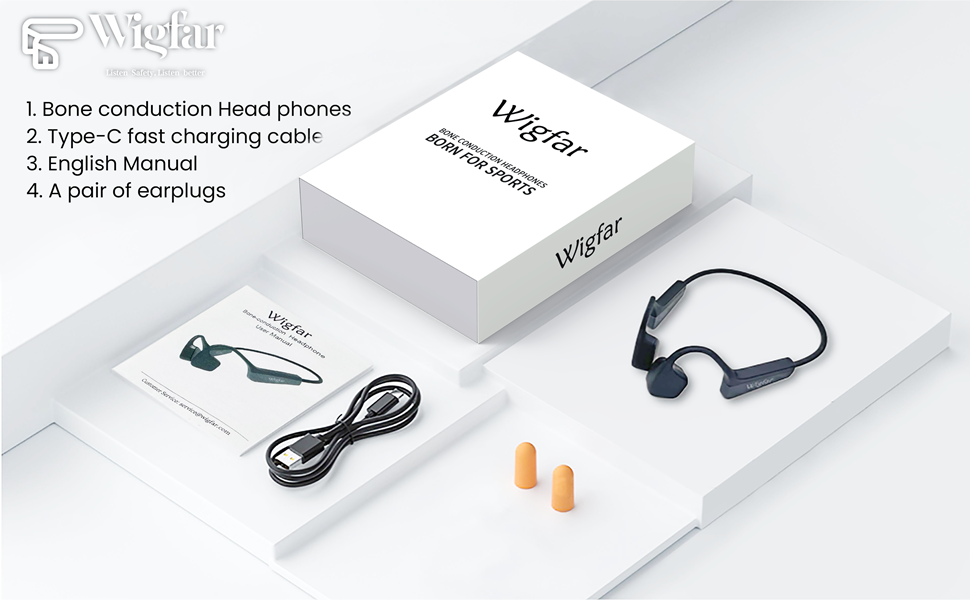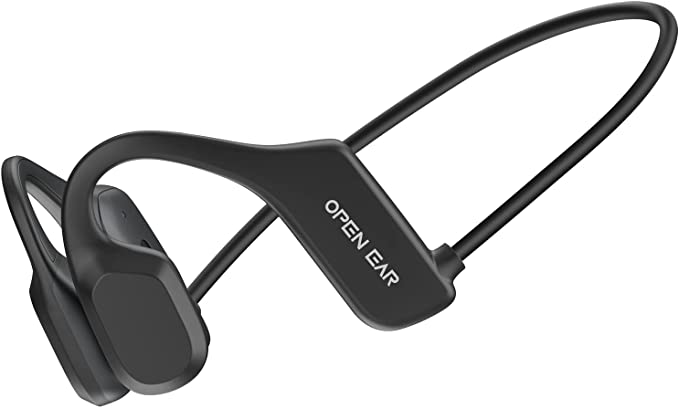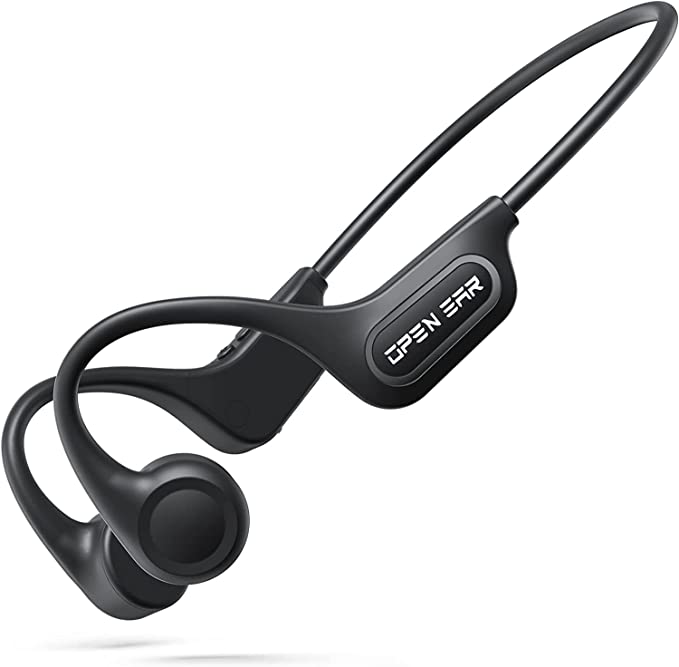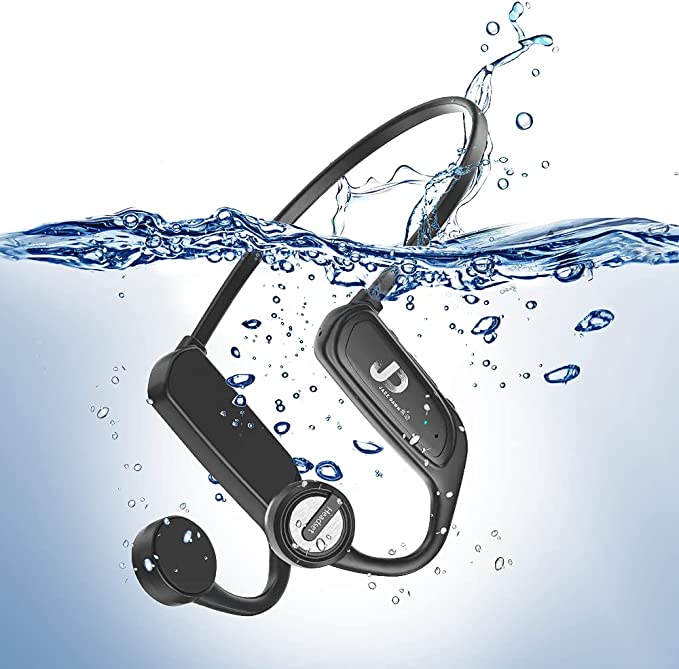Kimwood HS1 Bone Conduction Headphones: Hear It All, Without Blocking It Out
Update on Sept. 13, 2025, 3:37 a.m.
It’s a technology Beethoven used with his piano, and it might be in your next pair of headphones. We dissect the Kimwood HS1 as a case study to understand how—and why—you’d want to listen without using your ears.
In the early 19th century, as deafness descended upon him like a final, silent curtain, the composer Ludwig van Beethoven reportedly found a way to hack his own hearing. He would attach a metal rod to his piano and bite down on it, allowing the instrument’s vibrations to travel through his jawbone directly to his inner ear. He was, in essence, feeling the music. This wasn’t magic; it was physics. Beethoven had stumbled upon the foundational principle of bone conduction.
Fast forward two centuries, and this same principle, refined and miniaturated, is at the heart of a growing category of audio devices. These gadgets promise a unique experience: high-quality sound without blocking your ears. They allow you to listen to a podcast while hearing a barista call your name, or to power through a run with music while remaining acutely aware of approaching traffic.
But how does this seemingly counter-intuitive technology actually work? And what are the real-world trade-offs? To explore this, we’ll use the Kimwood HS1, a 2023 model of bone conduction headphones, as our specimen. By examining its design, features, and user feedback, we can peel back the layers on a fascinatingly different way to hear.

A Tale of Two Pathways: How We Hear
To understand bone conduction, we first need to appreciate how we normally hear. Most of the sound we experience travels via air conduction. Sound waves enter our outer ear, vibrate the eardrum, which in turn moves a chain of tiny bones in the middle ear. These bones amplify the vibrations and send them to the cochlea, the spiral-shaped, fluid-filled organ in our inner ear. The cochlea converts these vibrations into electrical signals, which the brain interprets as sound. Traditional headphones and earbuds are built entirely around this pathway. They create a private, sealed-off bubble of sound, which is great for immersion but terrible for awareness.
Bone conduction offers a secret tunnel. It bypasses the eardrum and middle ear entirely. Instead of a speaker pushing air, a device called a transducer rests on your cheekbones, just in front of your ears. It generates tiny, precise vibrations that travel through the bones of your skull directly to that same destination: the cochlea. Your brain doesn’t care how the vibrations get there; it just translates them into sound.
The result is an open-ear listening experience. Your ear canals are left completely unobstructed, acting as open windows to the world. This is the core value proposition: situational awareness. You can be present in two soundscapes at once—your digital audio stream and the physical world around you.

Anatomy of a Vibration: The Kimwood HS1 Case Study
A bone conduction headphone isn’t just a piece of electronics; it’s a carefully balanced ergonomic and engineering challenge. Every design choice is dictated by the physics of transmitting vibrations through a human body.
The Mandate of Contact and Comfort
For bone conduction to work, the transducers must maintain constant, firm contact with your cheekbones. This presents an immediate engineering problem: how do you apply consistent pressure without creating discomfort? This is where material science comes in. The Kimwood HS1, for example, uses a wraparound titanium frame. Titanium is a remarkable material for this job; it’s incredibly strong and durable, yet flexible and lightweight. It provides the gentle, spring-like clamping force needed to hold the transducers in place, whether you’re sitting still or jogging on a trail.
This need for pressure is also why weight is a critical factor. At only 29 grams, the HS1 is exceptionally light. Any heavier, and that constant pressure would quickly become a source of fatigue and pain. As one user, Brandon, noted in a detailed review, there can be a brief acclimation period. He experienced a mild headache for about 30 minutes on his first day, which then subsided. This makes sense; your body is adapting to a new, persistent physical sensation.
However, this one-size-fits-all design approach has its limits. Another user, S. Johnson, found the headphones a bit too large for her smaller head, causing them to sit incorrectly and affect sound quality. This highlights a crucial point: for bone conduction, a snug fit isn’t just about stability; it’s fundamental to the audio experience itself.

The Sound Quality Equation: The Vibration Sweet Spot
If you’ve never used bone conduction headphones, the first thing you’ll notice is that the sound feels different—it seems to come from inside your head. The quality of that sound is a delicate balancing act.
The transducers are essentially tiny, high-fidelity motors. Turning up the volume means increasing the intensity of their vibrations. As Brandon discovered, there’s a “sweet spot,” typically between 20% and 65% volume, where the sound is “shockingly clear” and well-balanced. In this range, the vibrations are subtle enough to be perceived purely as sound.
Push the volume past 70%, however, and the physics become more apparent. To reproduce powerful bass notes, the transducers must vibrate more intensely. This intense vibration can be felt as a distinct tickle on the skin and can even “muddy” the overall sound, as the physical sensation begins to overpower the auditory one. This isn’t a flaw in the product; it’s an inherent trade-off of the technology. You are, after all, listening to controlled vibrations. To mitigate sound leakage—the vibrations that escape into the air as audible sound—the HS1 uses a “fully enclosed cavity,” but some leakage at high volumes is an unavoidable consequence of the open-ear design.

The Paradox of the Earplugs: Hacking Your Hearing
Perhaps the most curious item included in the box with the Kimwood HS1 is a pair of foam earplugs. Why would an open-ear headphone, designed to let you hear your surroundings, come with something to block them out?
The answer lies in a fascinating psychoacoustic phenomenon called the Occlusion Effect. When you block your ear canals, you dramatically reduce the amount of sound coming in via air conduction. This gives the sounds arriving via bone conduction a clearer, more dominant stage. The low-frequency sounds, in particular, become much richer and more pronounced. By putting in the earplugs, you can transform your open-ear headphones into a surprisingly immersive listening device, perfect for a noisy airplane or when you need to focus. It’s a simple but brilliant hack, turning the system’s core feature on its head to provide a different kind of utility.

A Different Kind of Listening: The User Experience
The true measure of any technology is how it integrates into the messy reality of human lives. With an IP55 rating, signifying resistance to sweat and rain, the HS1 is clearly aimed at active users. But its unique properties resonate with a much broader audience.
One of the most insightful reviews came from a user named Kochava, who is autistic and has auditory processing issues. For her, the technology was a double-edged sword. The ability to listen to calming music while remaining fully present and available for her young children was a huge benefit, bypassing the often-uncomfortable sensation of earbuds in her ear canals.
However, the technology also presented new challenges. The un-adjustable, max-volume voice prompts (“CONNECTED!”) could be jarring, and the sudden, loud vibrations of an incoming call notification could be a painful sensory trigger. Her experience is a powerful reminder that technology is never a monolith. A feature that is a convenience for one person can be a significant barrier for another. It underscores that the design of our sensory interfaces requires deep empathy and consideration for neurodiversity.

Conclusion: Not a Replacement, But a New Channel
After dissecting the science and the user experience, it’s clear that bone conduction headphones like the Kimwood HS1 are not here to replace your high-fidelity, noise-canceling over-ears. They are not for the audiophile seeking a pristine, isolated listening session in a quiet room.
Instead, they represent a new channel of hearing. They are for the cyclist who wants a soundtrack without sacrificing safety, the office worker who needs to hear colleagues while focusing on a task, the parent who wants to catch up on a podcast without tuning out their family. They are a tool of integration, not isolation.
The technology is a masterclass in trade-offs: you exchange some bass fidelity for the ability to hear a car horn; you accept a slight tickle at high volumes for the freedom of an open ear. What began with a deaf composer feeling vibrations through a wooden rod has evolved into a sophisticated tool for blending our digital and physical worlds. It’s a reminder that sometimes, the most innovative path forward is not to build higher walls, but to open a window.
